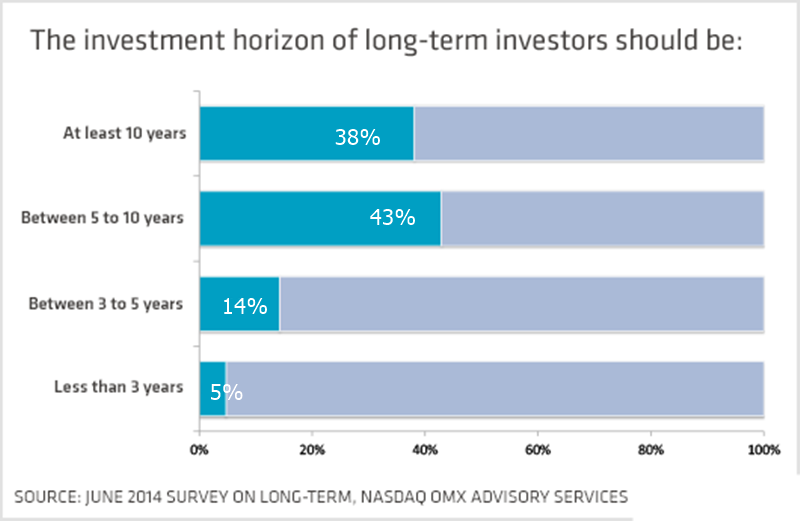Every new investment requires a review of the potential return on your investment. Checking profitability should include ensuring your investment will be successful. Assess whether the investment will pay off, and calculate how much profit you can expect by using a few simple steps that can become a part of your initial investment assessment. Here are nine steps for doing research on potential investments.
1 – Preliminary Testing – Business Idea, Product, or Service
The business must be in line with supply and demand, or supply can be significantly higher than demand. It is best if it is equal or significantly lower than demand. Different situations require a different approach to assessing the value of the business. How large is the market? Are there many competitors who may engage this company in a price war? If the business has a good product, not many competitors, and a large enough market to sell their product to, then it might be a good investment.
2 – Collection and Analysis of Primary Bid Information
Listening to or reading conversations with experts, interviews with company representatives, and analysis of existing experiences via customers or “mystery shoppers” are all primary sources of the kind of information you need to review. You can also watch some YouTubers who recommend this or read blogs dedicated to this sort of research, but it’s best to get used to doing it for yourself. The more you do, the more you will get used to what you’re looking at.
3 – Research of Needs, Habits, and Consumer Satisfaction
Read reviews and look at social media references to their brand. You want to see what type of public reputation they have. How well are they liked, and how regularly is their brand mentioned?
4 – Research of Consumer Behavior Models
Find objective and sufficiently reliable data to answer the following questions:
- Who are the target consumers?
- How does the company start customers on the product or service?
- How is the customer addressed?
- How does the company bring the product closer to its customers?
- What is their pricing policy?
5 – Marketing, Communication, and Sales
What marketing strategies are being employed by the company? Do they use old-fashioned models that are very expensive, or practices current with the market? When you learn who their target audience is, you will see if they are effectively marketing to reach them. Make sure to check their social media platforms to see how large their presence is there too.
6 – Cash-flow Analysis or Financial Result Analysis
Compare the costs of running the organization with how much cash they have and what future growth is possible. If they have a long-term plan of financial responsibility and meet the other requirements, then the investment should be a good move. Make sure they aren’t at the top of the growth curve and have room to expand; if they aren’t making changes to meet current demand, they will die out.
Considering the costs of transactions, taxes on capital gains, and the amount of time and effort spent trading and investing, the best option is to buy and hold for years. Growth investing utilizes the strategy of investing when companies are in their growth phase, then selling them when they are at their peak. A company is at its peak when they already have a large percentage of their market and there are no new products being created that customers are excited about. They have large consistent sales, but it doesn’t seem likely they will continue to grow. In the book Risk, this is what the author did to make his millions.
Make your research process fun, so it’s not a daunting task. And, do a little bit at a time rather than one overwhelming research session. There are some great deals out there to find; now go find them!

Subscribe for more business, sales, and investing posts. Have a lovely day!











